After bushfires in Australia have destroyed 80% of their habitat, koalas, iconic symbols of Australia, are “functionally extinct”, according to reports. Australia is the only place in the world where koalas are found.


After bushfires in Australia have destroyed 80% of their habitat, koalas, iconic symbols of Australia, are “functionally extinct”, according to reports. Australia is the only place in the world where koalas are found.

Another amazing Beluga whale video (click here to see “Beluga whale filmed playing fetch” video): the cute animal rescues an iPhone from the sea and returns it to the humans.
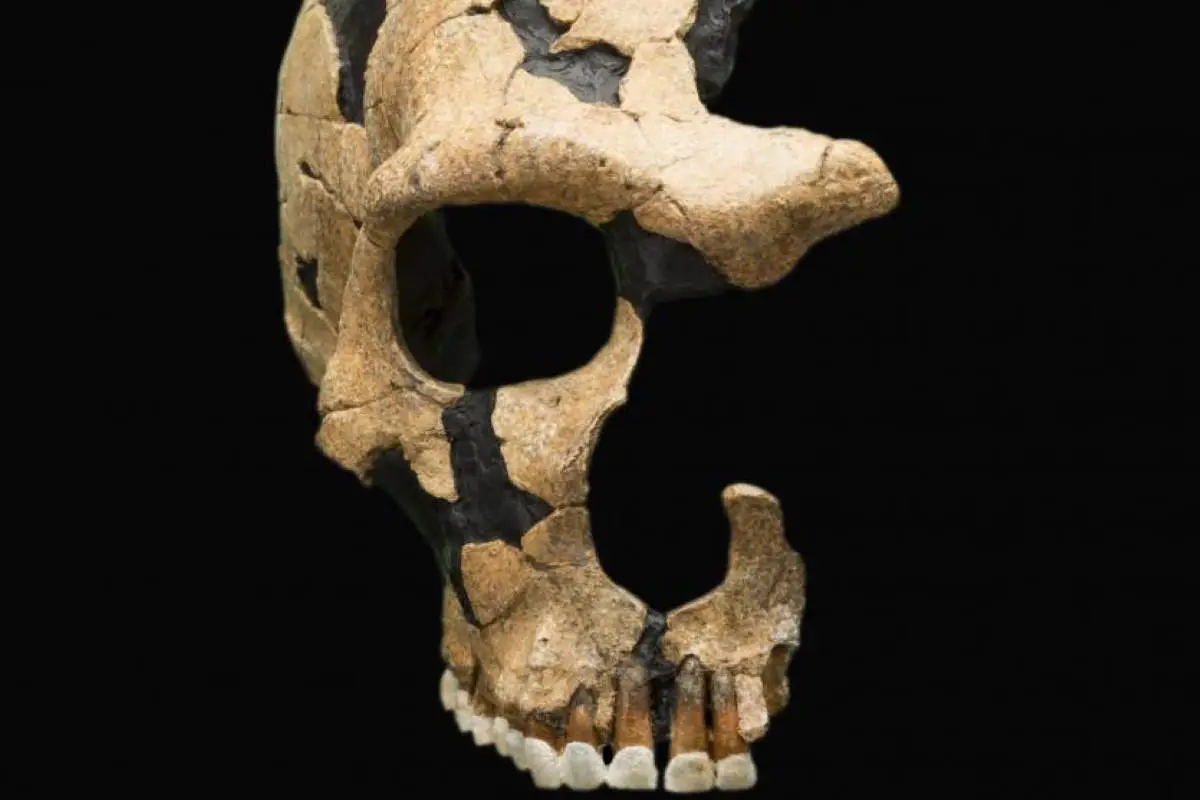
Nine human species walked the Earth 300,000 years ago. Now there is just one. The Neanderthals, H. neanderthalensis, were stocky hunters adapted to Europe’s cold steppes. The related Denisovans inhabited Asia, while the more primitive H. erectus lived in Indonesia and H. rhodesiensis in central Africa. Were other humans the first victims of the sixth mass extinction?
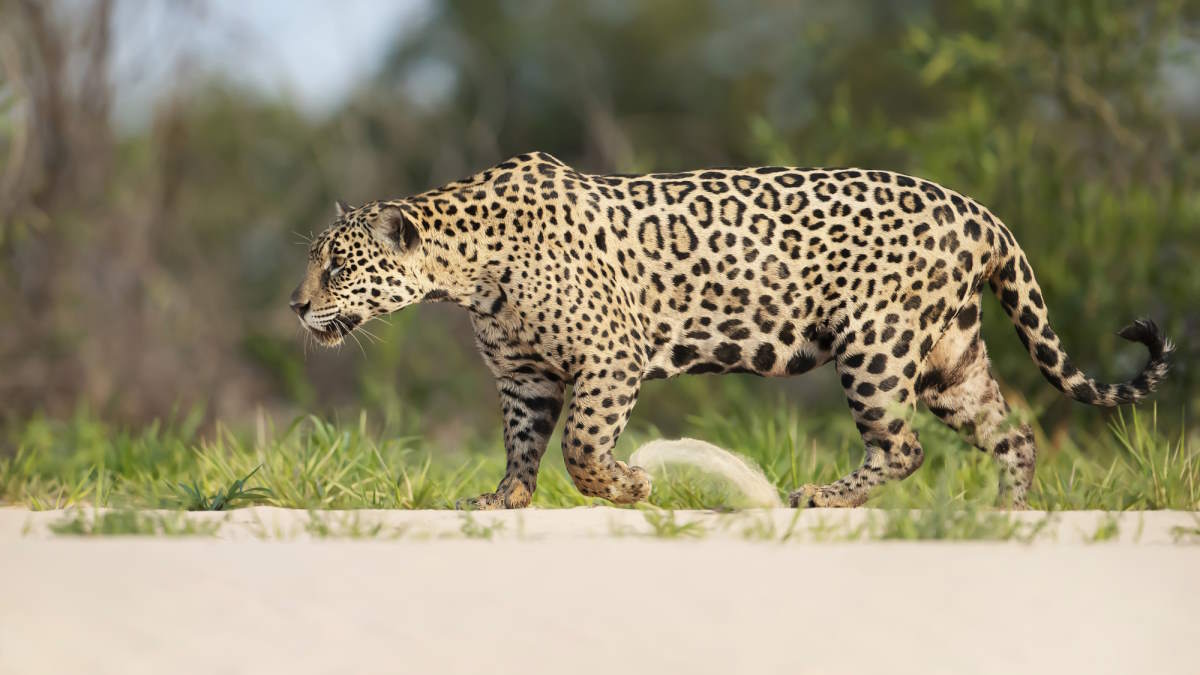
Jaguar (scientific name: Panthera onca) is a big cat and one of the five species in the Panthera genus (the others are Lion, tiger, leopard, and snow leopard). It is the most feared predator in the Americas. Here are 20 amazing jaguar facts.
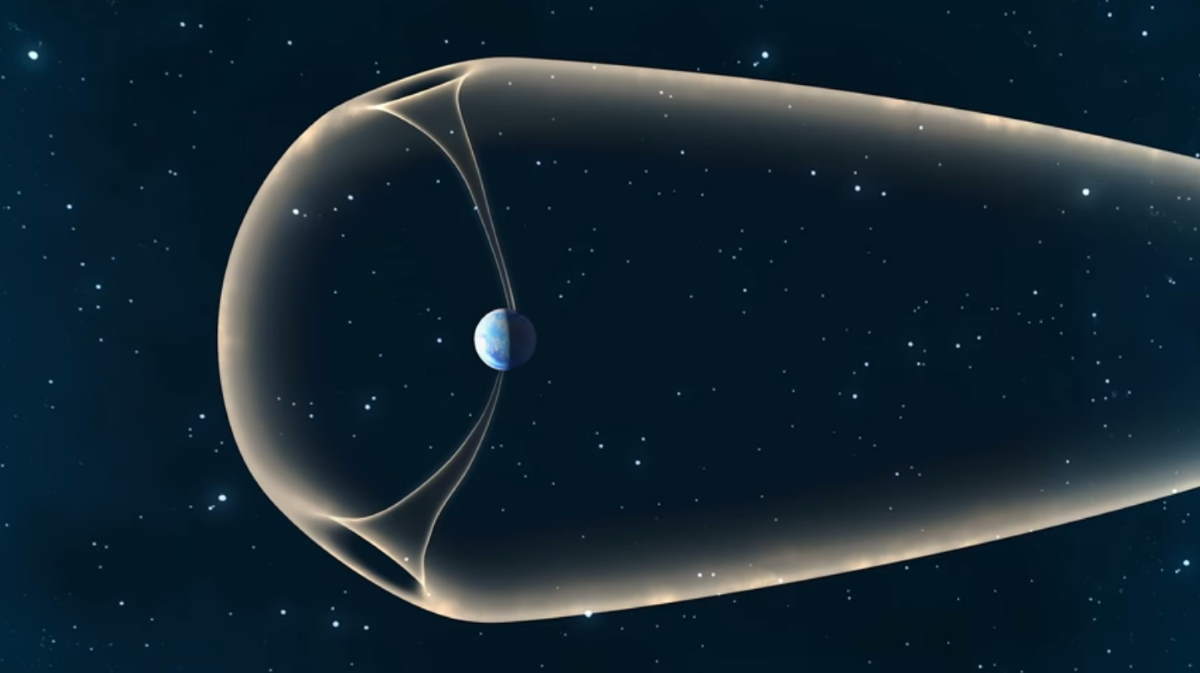
Earth’s atmosphere is leaking: around 90 tonnes of material escapes and streams out into space from our planet’s upper atmosphere every single day.
To understand this escape, NASA launches rockets into space. The space agency also sends scientists to a tiny Arctic town named Ny-Ålesund (English: New Alesund) on the island of Spitsbergen in Svalbard, Norway. Because understanding this atmospheric escape on Earth can benefit us in many ways – from predicting which exoplanets might be habitable, to piecing together how Mars became the desolate, exposed planet it is today.
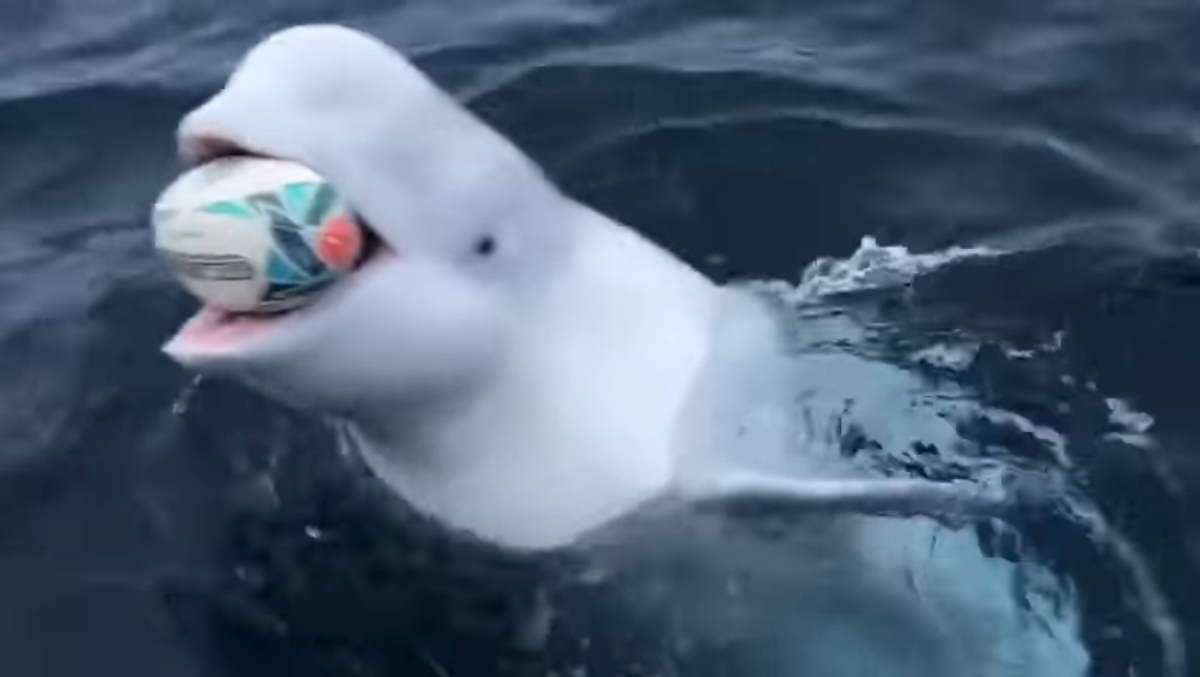
A beluga whale has been filmed playing “fetch” with South African rugby fans using an official 2019 Rugby World Cup ball near the Arctic Pole.
In the video published on Facebook by Alon Kowen, a group of South African rugby fans can be seen throwing a 2019 Rugby World Cup ball out into the ocean. The cute and friendly whale chases the ball and returns it to the men on the boat.
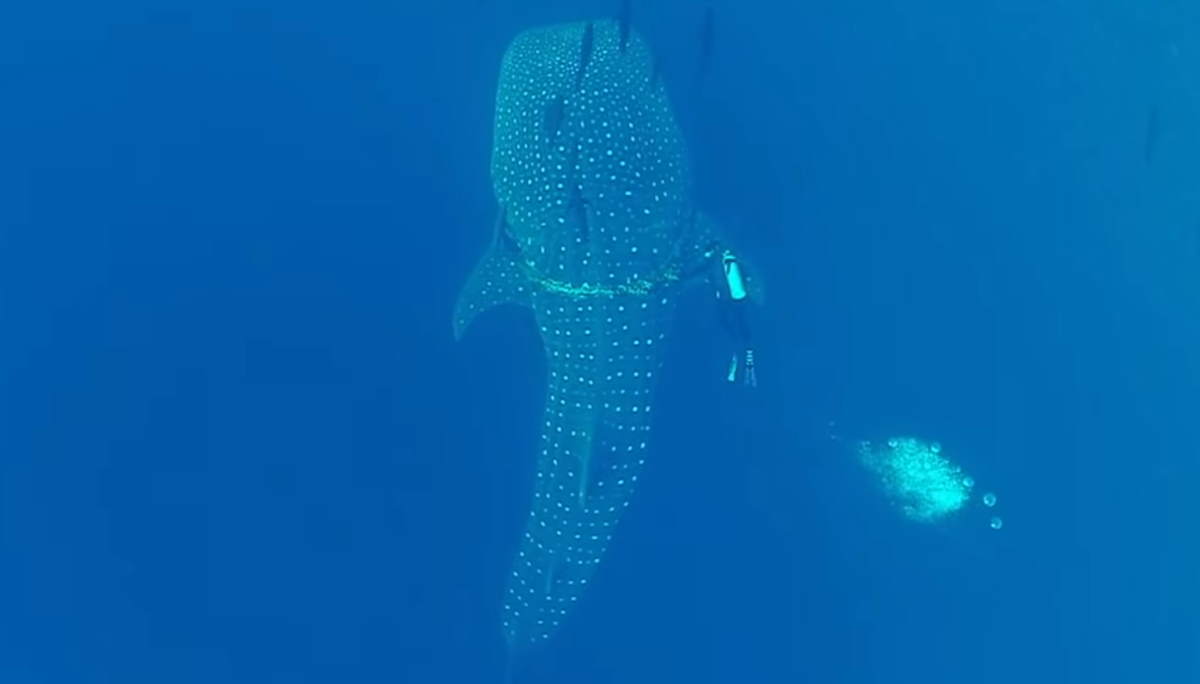
In a video published by the Smithsonian channel, a diver stumbles across a whale shark trapped in a commercial fishing line in a marine sanctuary that bans fishing and frees him by cutting the rope. The giant fish lies still while the rope is cut. The footage also shows the scale of a whale shark vs a human.
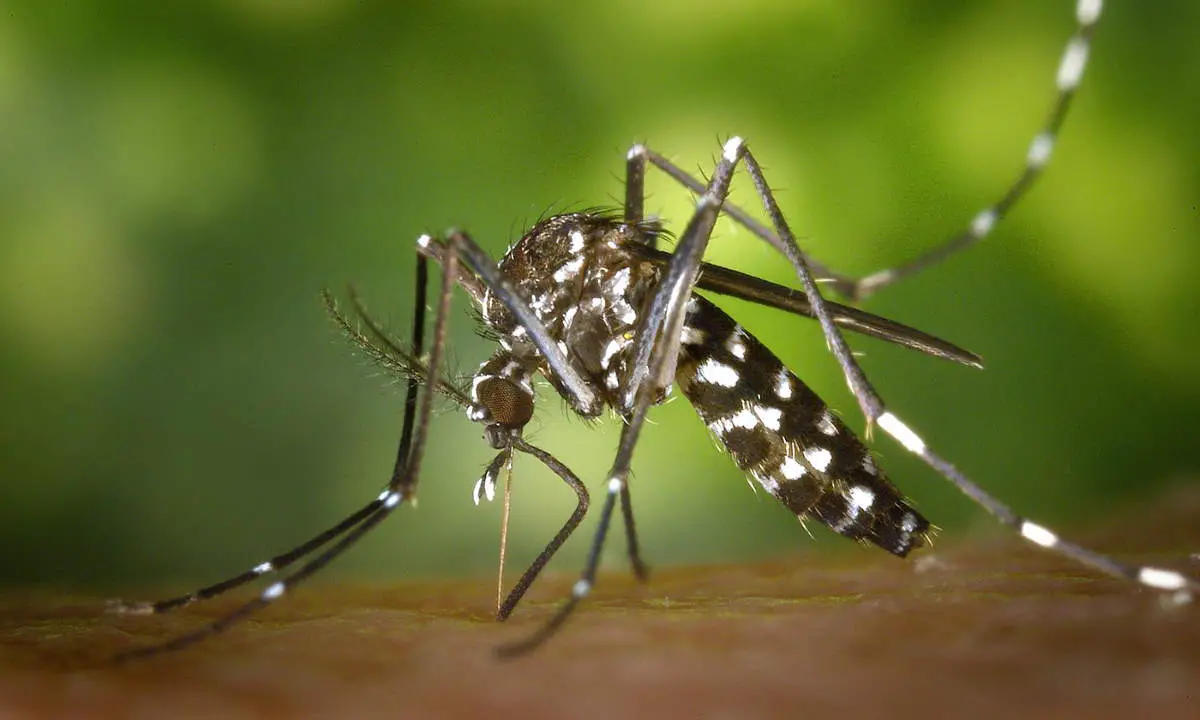
One fact about our time is becoming increasingly well-known. No matter how far you travel, no matter in which direction you point, there is nowhere on Earth that remains free from the traces of human activity. The chemical and biological signatures of our species are everywhere. Transported around the globe by fierce atmospheric winds, relentless ocean currents, and the capacious cargo-holds of millions of fossil-fuel-powered vehicles, nowhere on Earth is free from humanity’s imprint. Pristine nature has permanently blinked out of existence.
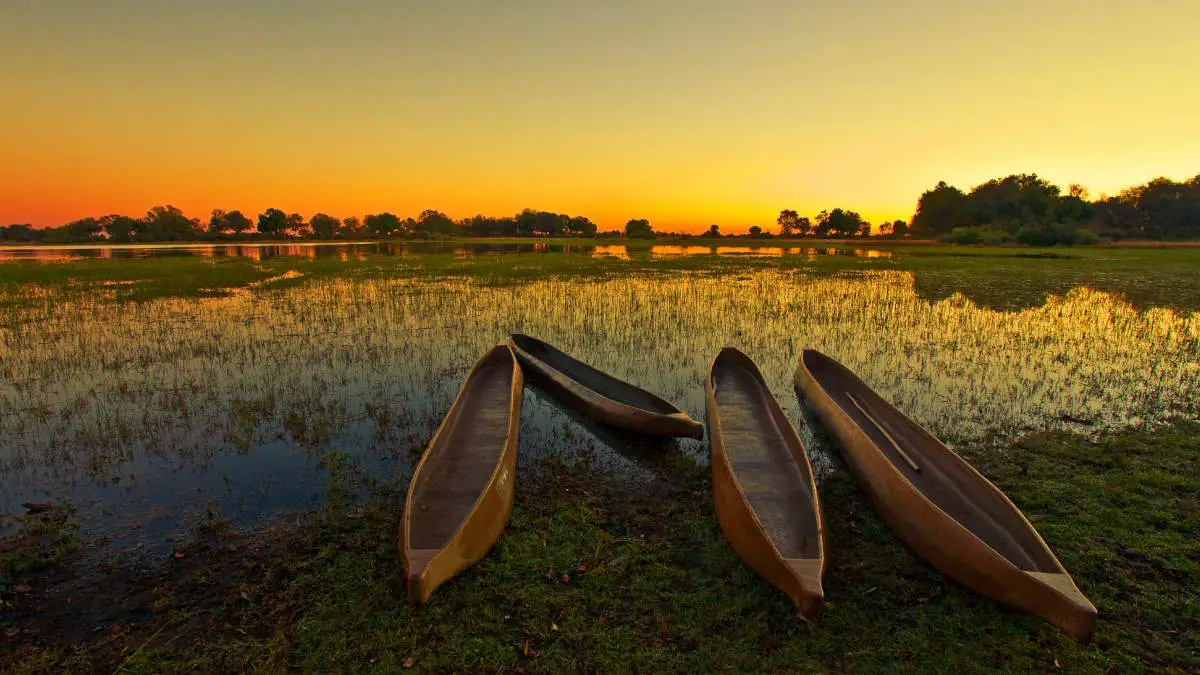
The question of where the evolutionary cradle of modern humans lies has long intrigued scientists and historians. The East African Great Rift Valley has traditionally been viewed as the most likely birthplace. However, revolutionary research conducted recently presents a compelling alternative.
This groundbreaking study utilizes DNA evidence to trace back the origins of mankind to a prehistoric wetland known as Makgadikgadi-Okavango, located south of the Great Zambezi River. This finding significantly shifts the focus of anthropological inquiry from East Africa to Southern Africa.
In a landmark study published in the prestigious journal Nature, it was revealed that the earliest population of H. sapiens sapiens, our direct ancestors, emerged approximately 200,000 years ago in an area that encompasses parts of what is now modern-day Botswana, Namibia, and Zimbabwe.
The research unraveled a hitherto unappreciated chapter of human history, infusing fresh life into the story of human evolution. This revelation underscores the intricate tapestry of the human lineage and affirms the complexities underlying our understanding of human evolution.
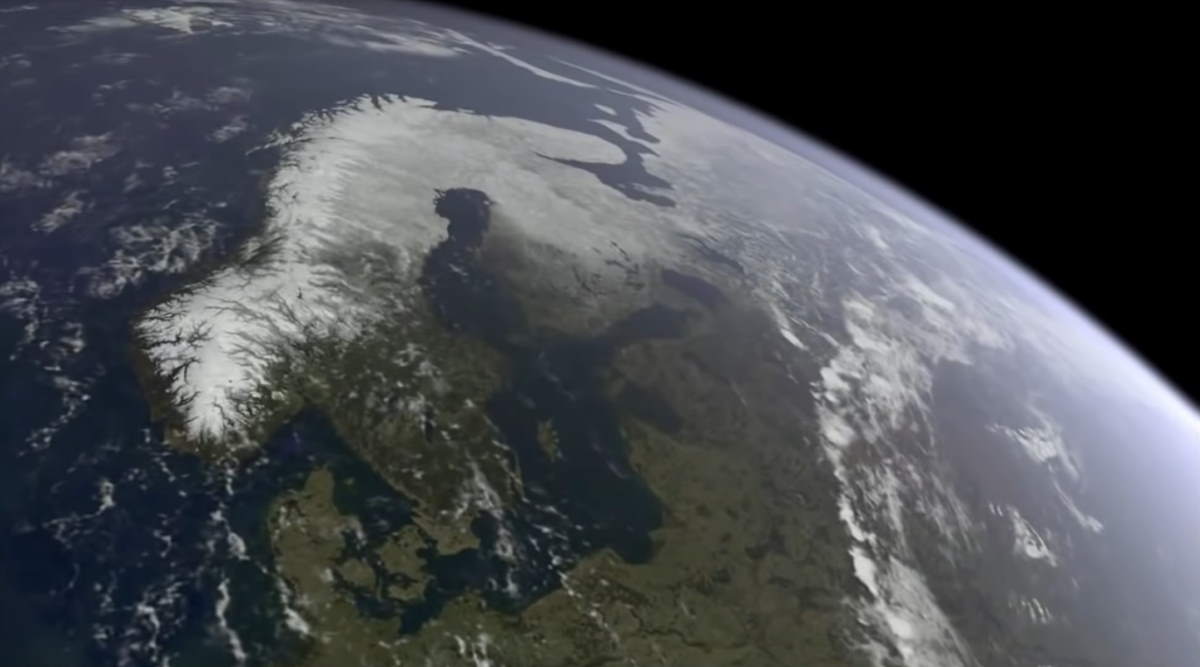
An amazing video with scenes from the documentary Wild Scandinavia Episode 5 (Finland), with background music of the Finnish composer Jean Sibelius’ great work Finlandia, Op. 26.